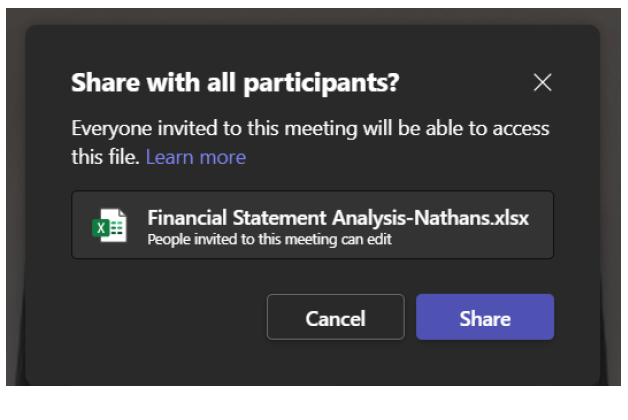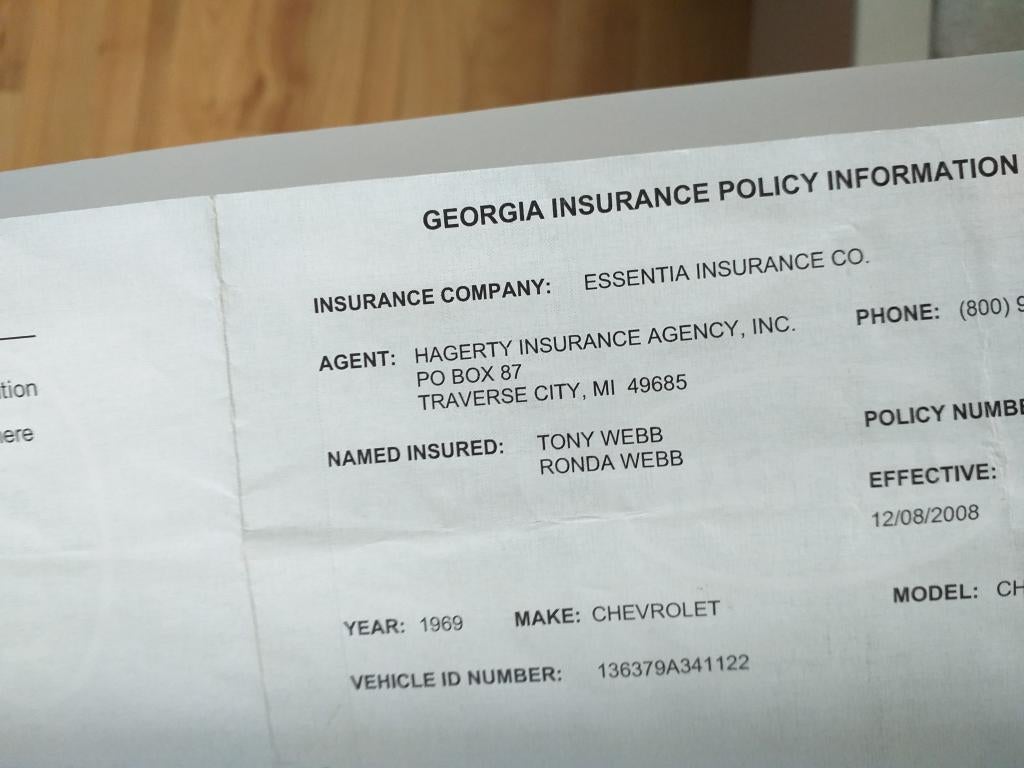Collaborative Editing: How to Excel with Two People

Collaborative editing, a crucial skill in the digital age, becomes even more impactful when wielded by two people. Whether you're writers, developers, project managers, or working in a pair for any task that involves document creation or editing, the synergy of two minds can produce remarkable results. In this in-depth exploration, we'll delve into the art and science of collaborative editing, offering insights into tools, techniques, and best practices to help you and your partner excel together.
Understanding Collaborative Editing

Collaborative editing means more than just sharing a document; it’s about fostering synergy between two individuals. Here’s what makes it stand out:
- Diverse Perspectives: Two people bring different views, which can lead to richer content.
- Time Efficiency: Sharing the workload means tasks are completed faster.
- Quality Control: Errors are caught more readily when two sets of eyes are on the job.
- Innovation: Collaborators inspire each other to think outside the box.
Let’s explore how to harness these benefits effectively.
Setting Up for Success

Before diving into the nitty-gritty of collaborative editing, set up your environment for success:
- Choose the Right Tool: Opt for tools like Google Docs, Microsoft Word Online, or Dropbox Paper that support real-time co-authoring.
- Define Roles: Determine who will be the primary editor or if you’ll take turns.
- Communication: Establish channels for real-time communication outside the document, like Slack or Microsoft Teams.
Best Practices for Collaborative Editing

To ensure your collaborative editing session goes smoothly, follow these best practices:
- Start with a Strategy:
- Discuss and agree on the project scope, objectives, and structure.
- Outline the document or code to clarify content placement.
- Use Version Control:
- Set up a version control system like Git or Google Docs’ revision history for tracking changes.
- Track Changes:
- Use built-in features to track edits, which helps in reviewing and merging work.
- Regular Check-ins:
- Schedule regular sync-ups to discuss progress and address any hurdles.
- Conflict Resolution:
- Agree on a system for resolving disagreements or overlapping edits. This could be a voting mechanism or assigning a final decision-maker.
Tools and Features for Better Collaboration

The tools you choose can make or break your collaborative editing experience. Here are some must-have features:
Real-Time Editing

Real-time editing allows both partners to work on the document simultaneously, seeing changes as they happen:
- Google Docs: Known for its user-friendly real-time collaboration capabilities.
- Microsoft Word Online: Offers similar features with the benefit of easy integration with Office 365.
Version History

A version history feature is invaluable for undoing mistakes or revisiting earlier versions of your work:
- Google Docs Revision History: Allows you to see every edit ever made to the document.
- Git: For coders, version control systems like Git manage changes across multiple files.
Commenting and Chat

Collaboration involves constant communication, and tools with commenting and chat features facilitate this:
- Slack Integration: Integrate with Google Docs or Microsoft Word for real-time conversation outside the document.
- Microsoft Teams: Chat, comment, and share files directly within the collaboration platform.
Overcoming Challenges

Collaborative editing comes with its own set of challenges:
- Conflicting Edits: Use tools like Google Docs’ suggestion mode or Microsoft Word’s change tracking to manage conflicts.
- Style Variations: Establish a document style guide to ensure consistency in writing or coding.
- Communication Gaps: Ensure timely check-ins to avoid misunderstandings.
💡 Note: Remember that open communication is key. If one person’s contribution is missing or misunderstood, it’s better to discuss it rather than jump to conclusions or assume.
Real-Life Scenarios

Here are some real-life examples showcasing how collaborative editing can enhance productivity and creativity:
- Writing: A novel, essay, or screenplay can benefit from different perspectives and ideas.
- Code Development: Pair programming allows for immediate problem-solving and code review.
- Marketing Content: Brainstorming sessions can lead to dynamic and engaging content.
- Educational Projects: Collaborative editing can streamline assignments or research papers.
When wrapping up, it's beneficial to reflect on the journey of collaborative editing. Embracing the skills of working with another person enriches the editing process. Through effective communication, a strategic approach, and leveraging the right tools, you can produce work of superior quality. This method not only enhances productivity but also fosters creativity, problem-solving, and mutual learning, making your collaborative efforts more than the sum of their parts.
What tools are best for collaborative editing?

+
The best tools for collaborative editing include Google Docs, Microsoft Word Online, Dropbox Paper, and for developers, GitHub with Git for version control. These tools offer real-time collaboration, commenting, and version history.
How can we manage style differences in collaborative work?

+
Establish a style guide at the onset of your project. Discuss and agree on formatting, tone, and other stylistic elements. Use tracking features to highlight changes that may not fit the agreed style.
What should we do if conflicts arise during the editing?

+
Conflicts can be managed through several methods:
- Use Track Changes or suggestion mode to show changes.
- Set up regular meetings to discuss conflicts.
- Agree on a conflict resolution strategy beforehand.



